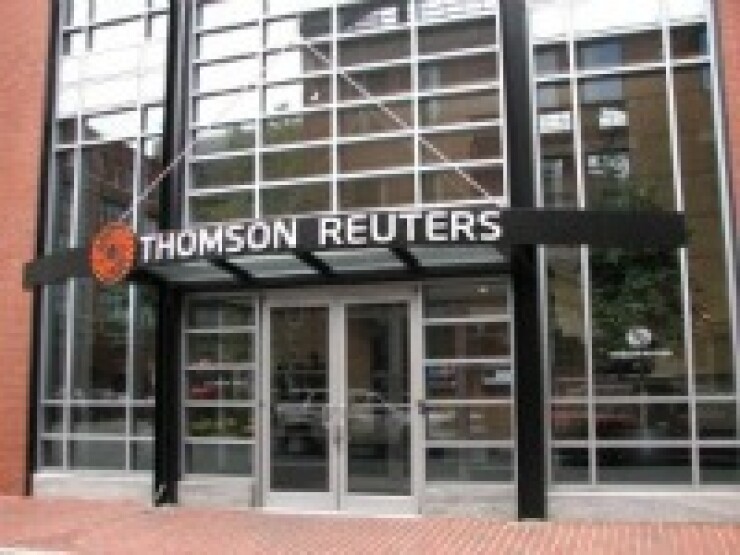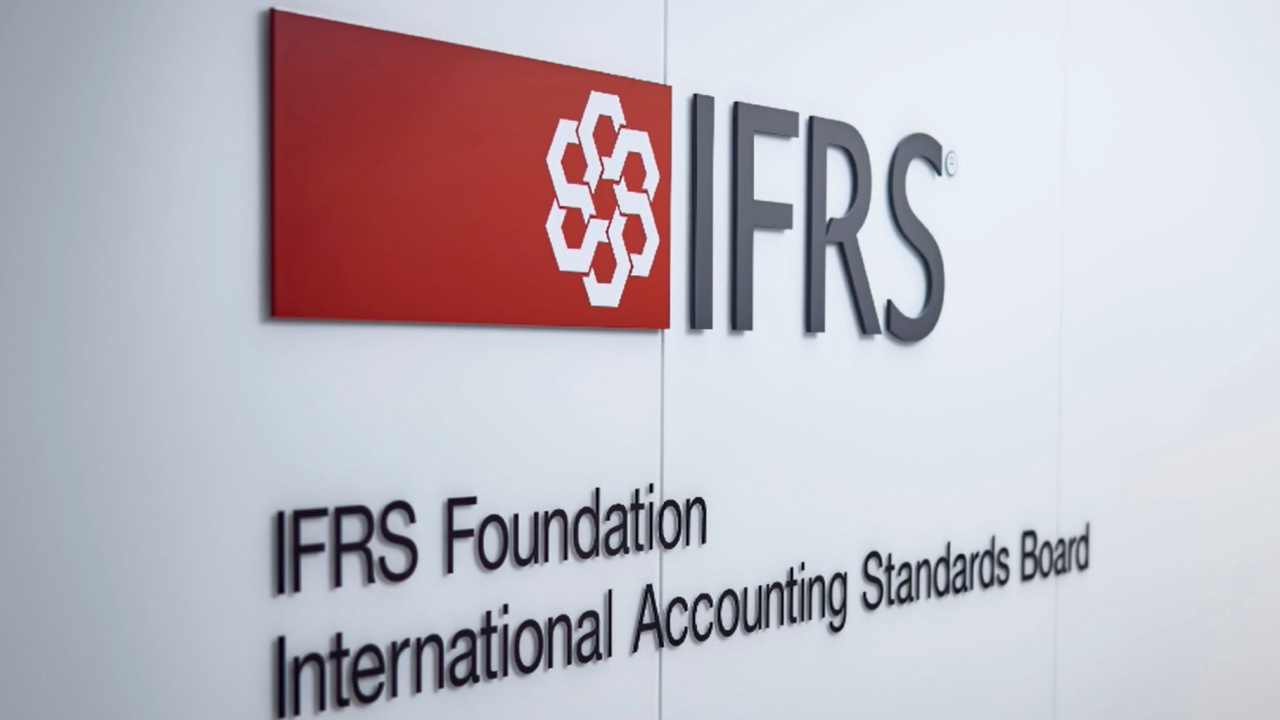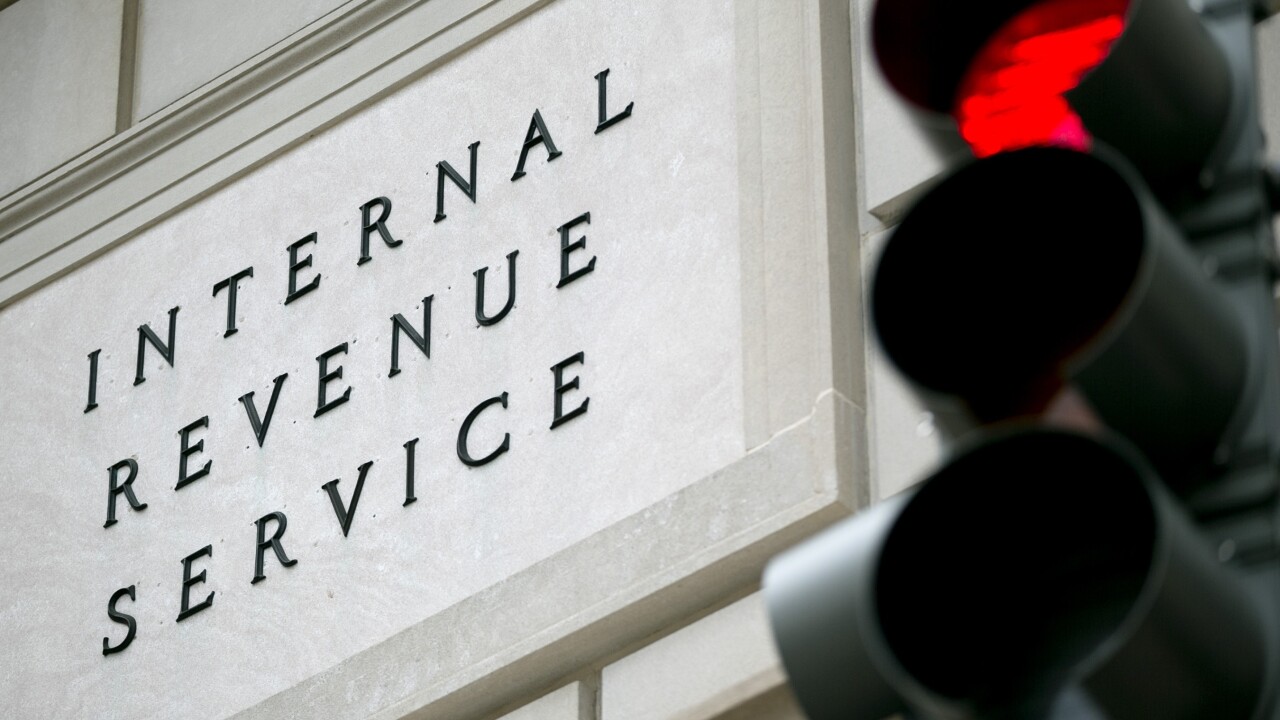Thomson Reuters recently closed its $800 million
More countries are requiring electronic invoicing as a way of enforcing their tax laws and collecting value-added taxes, especially in Europe. The U.S. has also recently begun
"You've got things like the global minimum tax in Pillar Two that's causing a lot of challenges for organizations in the process of trying to comply with some of those reporting requirements and getting a handle on the information and data so that they can do that properly," said Ray Grove, head of corporate tax and trade for Thomson Reuters. "That's obviously being driven around making sure that there's an accurate, fair and equitable treatment of tax at a global level to drive revenues, to help fund some of the initiatives that the regimes are looking at. We also see that with creating more transparency when we look at things like e-invoicing, which is a very big topic for us and other organizations as well, when you've got over 80 countries that have implemented some form of requirements."

The requirements may lead to a shift in tax compliance expectations. "E-invoicing is not a fluke," said Grove. "It's not an unknown phenomenon. How do I tax it? How do I gain more transparency? How do I get more data? How do I get the right amount of tax collected as quickly as possible? When you look at how that's playing out from a transactional compliance perspective, how does that parlay into automation of provisions and everything else? Because all of this data is very much related."
He noted that many of the major market economies are coming on board with such systems. "Whereas a tax and compliance system historically has always been a lookback system, we're moving into more of a look forward and full transparency world as it relates to how regimes operate in their expectations on organizations," said Grove. "I believe that technology is one of the pieces that is underpinning this shift. But it's also being underpinned by general macroeconomic uncertainty and geopolitical unrest. You have a perfect storm of these pieces that are coming together that are impacting our multinational organizations we've worked with, and really creating a challenge for leaders of those organizations, not just in the world of tax, but also in the office of the CFO and the chief technology officer, because how how you actually comply with this is becoming much more operational to organizations and customers. They're having to play catch up. There's just so much coming at them."
Some of the tax rules are also likely to change in the U.S. after the November election, when lawmakers in the next Congress and presidential administration will need to decide what to do about all the temporary provisions from the Tax Cuts and Jobs of 2017 that will be expiring at the end of`2025, particularly those related to pass-through businesses and individual taxpayers.
"There's no cycle like an election cycle," said Grove. "When you look at the U.S. and some of the tax changes that are going on, there are aspects of creating some better opportunities for organizations to help them justify maybe making some capital purchases and investments to try to drive some economic growth because we're kind of coming out of a little bit of a stalled period. We're seeing how in regulatory changes with the Inflation Reduction Act, there's an aspect of trying to change our tax policy to meet the needs of a global organization that is now more omni-channel where supply chains are changing. It's not even just about the tax changes, but also trade relations. Duties and tariffs are just another type of tax at the end of the day. That's creating a lot of issues."
He pointed to the upcoming
The OECD's Pillar One and Pillar Two global tax rules add more
"There are complexities, and a lot of people are discovering that there's a general guideline that you're following, but everybody has a little bit different requirement from the other regime," said Grove. "Traditionally organizations look to comply with these things by going into their ERP systems and gathering that data. But sometimes 30% to 60% of the information that they need to comply with this doesn't exist within their traditional components. That's where organizations are struggling to maintain their ability to respond to some of this."
That's forcing C-suite executives to reconsider their international expansion plans. "If I'm not keeping up with my e-invoicing and Pillar Two obligations, I may not be able to do business," said Grove. "Or more importantly, if I want to do business in a new region, I need to start factoring these regulatory obligations into my thesis hypothesis of whether this is a good market for me to expand into. Is this a new good product category or service category for me to venture in and invest with my business, while there are less accounting and tax professionals entering the workforce?"
Companies that hope to fill the gap in the shrinking pool of accounting and tax professionals by leveraging artificial intelligence may be disappointed with AI's limitations.
"Tax has been stuck with old technology, tools, systems and approaches to solving their problems, which is what has created these process and data challenges that organizations have," said Grove. "You can teach a technology person tax oftentimes easier than you can teach a tax person technology. Taxologists will have to morph into technologists, because the technology, systems and tools are going to become a cornerstone of how they operate. I also believe that when you look at the opportunity and prospect of things like generative AI, hopefully it will resolve a lot of the problems, but we know it's not going to resolve all of the problems."
Companies won't be able to blame the AI system when they get the information wrong on their tax returns.
"You have to be cognizant of these tools when you use them," said Grove. "That's where we spend a lot of time as an organization focusing on our trust principles. How do we build trust into our technology? How do we build transparency into how our tools work, what they're built off of. It's also part of where we, being a content driven technology company, AI is only as good as the content that it's being sourced from. And if you don't have the proper content and that underpinning foundation, you can end up just going across the internet for general things, that puts you in a risky spot. You can find anything on the internet, but finding the right information is not always easy."
Tax compliance professionals will need to be cognizant of the potential for misreporting as the use of generative AI grows and government tax authorities require more detailed information.
"Tax used to be looked at as a transactional problem or a point-in-time problem," said Grove. "Now it's an operational problem for organizations and over the next couple of years, we're going to see that change rapidly, especially for multinationals. It's like a perfect storm."





